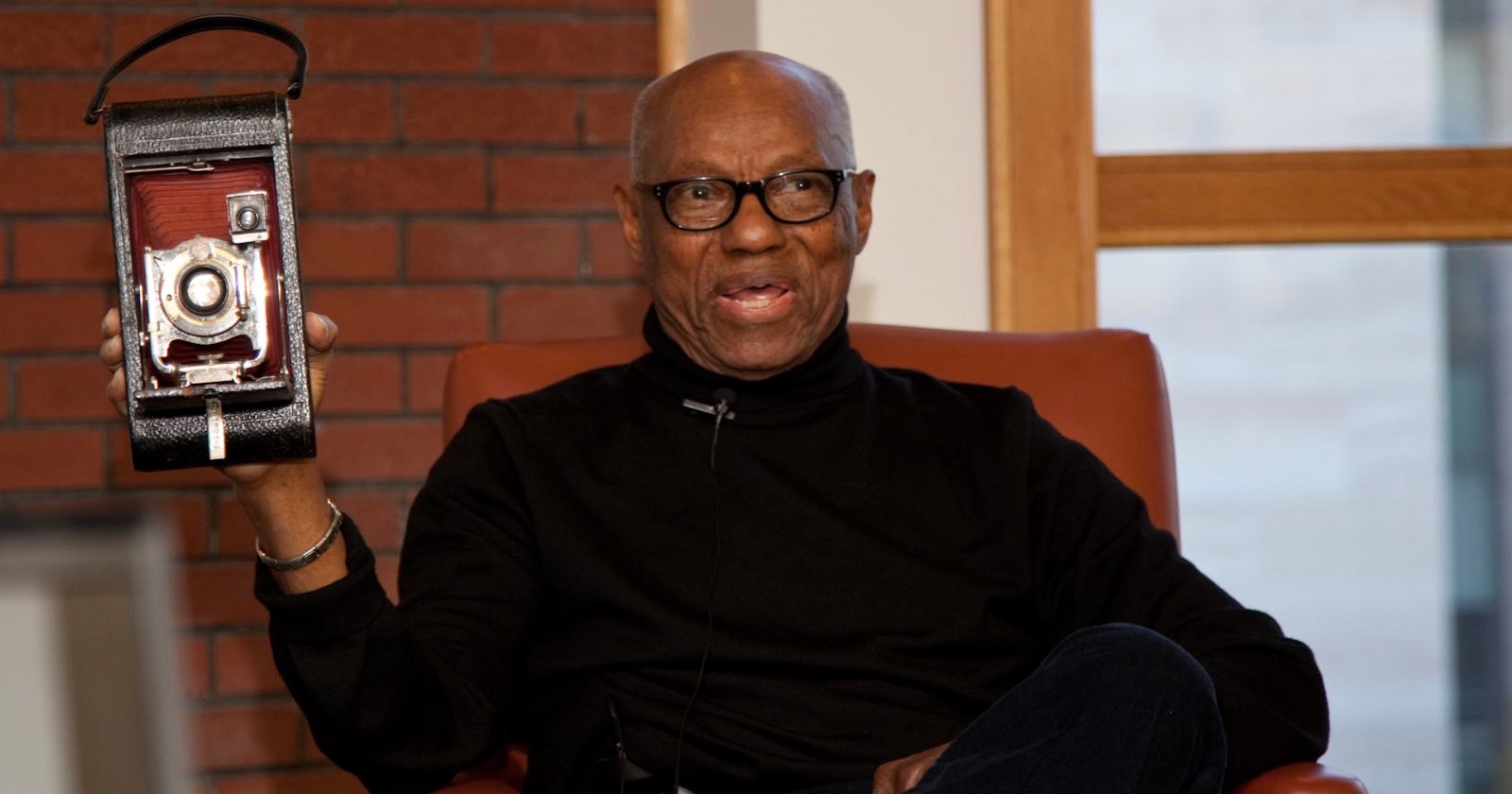Photographer and Ansel Adams’ First Black Student David Johnson Has Died

David Johnson, a celebrated photographer who was the first Black student of Ansel Adams, has died at the age of 97.
According to NPR, photographer and civil rights activist Johnson died at his home in Greenbrae, north of San Francisco, earlier this month.
David Johnson was a San Francisco photographer who took pictures of the community known as “Harlem of the West.” Johnson captured life expertly, showing the Civil Rights movement as well as everyday life for mid-twentieth century African American San Franciscans. pic.twitter.com/TzAjKxOLfE
— The Bancroft Library (@bancroftlibrary) February 24, 2023
According to his stepdaughter, Candace Sue, he was suffering from advanced dementia and had pneumonia.
Johnson became well-known for his black-and-white images of the predominantly African American community of San Francisco’s Fillmore District in the 1940s and 1950s.
Rhythm Records in Fillmore District, San Francisco, CA, 1947. Photo by David Johnson (probably the most notable photographer whose work is represented in Harlem of the West). pic.twitter.com/72oeCnaA1H
— Salad Jazz (@SaladJazz1) October 31, 2021
His images are some of the only photos of the residents of the Fillmore District — before massive urban redevelopment in the sixties would displace much of the area’s Black community.
How Johnson Became The Foremost Photographer of the Fillmore District
Johnson was born in 1926 in segregated Jacksonville, Florida, to an impoverished single mother who handed her baby off to be raised by a cousin.
Johnson got his first camera at a pawn shop by selling magazine subscriptions door-to-door and became fascinated by photography.
However, Johnson was drafted to serve in the U.S. Navy during World War II right out of high school. He was stationed in San Francisco, where he fell in love with the city, and was then sent to the Philippines for the remainder of World War II.
Upon returning to the U.S. in 1946, Johnson knew he wanted to develop his photography skills in college.
According to the San Francisco Standard, Johnson decided to apply for a program at the California School of Fine Arts recently launched by famed nature photographer Ansel Adams.
Budding photographers were clamoring to get into the program which boasted a star-studded faculty that included Minor White, Imogen Cunningham, Edward Weston, and Dorothea Lange.
“He wrote him [Ansel Adams] saying he wanted to participate in the program,” Johnson’s stepdaughter Sue tells the San Francisco Standard.
“And he said, ‘I’m a Black man. Is that OK?’”
Ansel told Johnson that race was no issue but that there were no vacancies in the class. However, a student eventually dropped out, making room for Johnson.
Johnson became the first Black student to land a spot on Adam’s program. During his time on the program, Adams let Johnson stay at his home in Sea Cliff, California until he found a place of his own.
Meanwhile, photographer Minor White surprised Johnson by buying him a new camera during the program after he showed him his own folding Eastman camera.
Johnson later recalled what the gesture meant to him and how moved he was by the faculty’s generosity: “They put their money to buy me a new camera. They wanted me to succeed.”
Adams’ advice to Johnson was to “photograph what you know” and so he decided to focus his lens on the dynamic “Harlem of the West” that was San Francisco’s Fillmore District.
Johnson photographed life in the neighborhood and the people in it, including its once-ubiquitous jazz clubs that fed the Fillmore’s reputation as a center for jazz.
“Growing up, most of the photographs I have seen of Black people were just not very complimentary,” Johnson said in an interview with KQED in 2013.
“I said, ‘My photographs will have Black people photographed in a dignified manner.'”
As his career progressed, Johnson turned his lens to capture the battle for civil rights — photographing Jackie Robinson in a civil rights march, as well as trailblazers like Thurgood Marshall and Langston Hughes.
Johnson would stop taking photographs altogether in the 1980s and his work was largely overlooked for many years until the early 2000s.
Johnson’s photographs would go into the collections at the Library of Congress and the Bancroft Library at the University of California Berkeley.
Image credits: Header photo via John Ramspott/ Wikimedia Commons